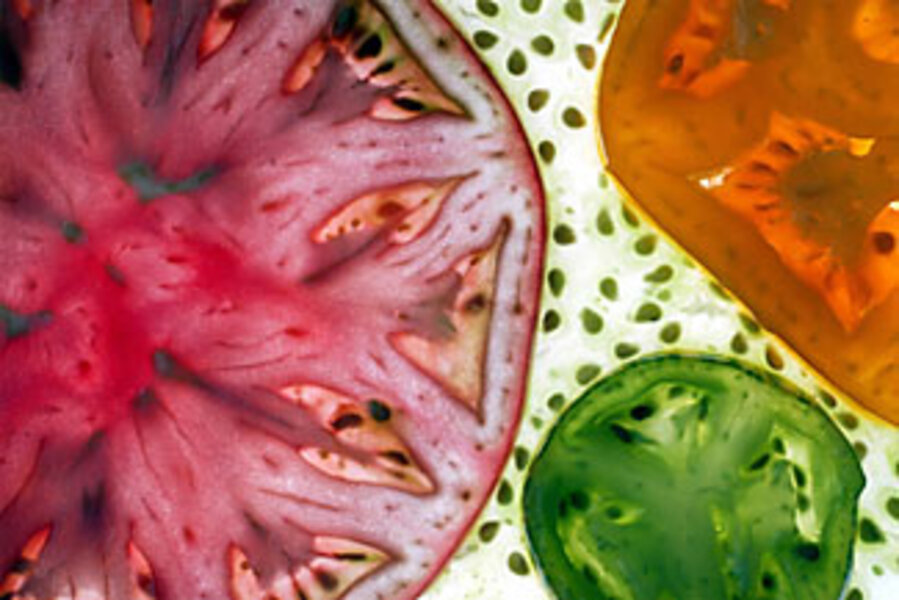Heirloom plants on the family tree
Loading...
The term "heirloom plants" reminds me that I am of an age when the vegetables grown in my mother's garden are now considered "heirloom." These plants are like the Barbie doll I received for my 10th Christmas, which is now a vintage collectible. Not wanting to label myself as vintage or antique, I prefer to focus on plants.
Several reasons are given for growing these old plants. Some motives sound quite noble. Especially altruistic is the suggestion that some people raise these plants "to increase the gene pool for a particular plant for future generations." To me, that has a "save the world" ring to it.
But I admit that I rarely discern many changes from old to modern plants. I don't see any gene permutations from those I ate fresh from the vine as a child. To me, a tomato is a tomato and the same with hollyhocks, asters, irises, and the hundreds of other plants now deemed heirloom varieties. The subtle differences are lost on me.
Altruism aside, growing these old varieties of vegetables, fruits, and flowers seems a nostalgic thing to do. A former Ohio neighbor raised vintage hollyhocks, asters, and cockscomb because she remembered playing among them as a child in her grandmother's flower garden. Perhaps it's the memories that drove Mom – and now drive me – to keep an old Christmas cactus that belonged to Grandma alive and blooming.
There are also heirloom plants in my husband's family. These plants grow at Great-Grandma Mollie's house. Although she has been gone almost 30 years, it will always be Mollie's house. She enjoyed a long life on the farm, preserved a gazillion jars of vegetables from her garden and fruit from her trees, and baked hundreds of cakes and pies in her primitive (by our standards) kitchen. Even in her later years, she continued to go out every morning to battle for eggs. She threatened the aggressive rooster and elbowed her way past defensive hens.
I can remember visiting her, driving past a wall of lilacs, and listening to her tales of poultry battles. Sitting at her kitchen table I happily gobbled up a piece of homemade cake. The recipe required three of those hard-fought eggs.
Children, grandchildren, and great grandchildren trooped to Mollie's house with plants received at school to celebrate Arbor Day. All were instructed to go out and plant. Among them were rose of Sharon, lilac bushes, evergreens, and redbud trees. All of those Arbor Day gifts have become the family's heirloom plants. The children who brought the plants then matured, married, and brought their children to Mollie's house. When they arrived, Mollie always wrapped each new baby in her own grand-mother's shawl, welcoming each boy and girl into the folds of the family.
Maudora, who like me married into the family, recalls planting a magnolia tree with Mollie to commemorate her marriage to Mollie's grandson, Bob. "We have photos of that tree through the years," she says. "Easter egg hunts beneath it, our kids at all ages climbing on it."
Now Bob and Maudora have moved into Mollie's clapboard farmhouse. They've restored it and added a few modern conveniences, but they still try to maintain it as Mollie would have liked.
For Bob's birthday this past summer, they invited all the family. The lilac bushes still stood sentinel along the road, and the magnolia tree robustly reigned in the side yard. Memories swirled through the festivities. Stories conjured up images of cherished heirlooms – people who had bloomed and blessed the family tree. These ancestors, much like varieties of heirloom plants, made their contributions to the family's future generations.





